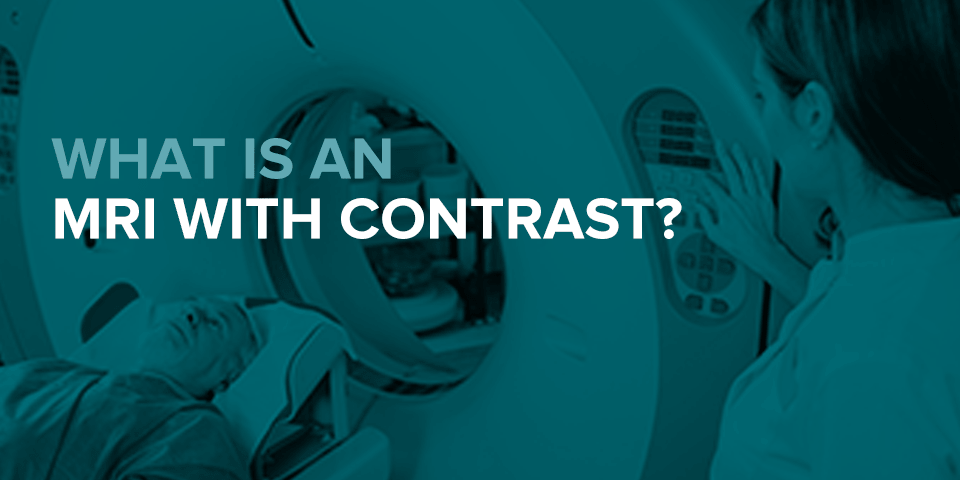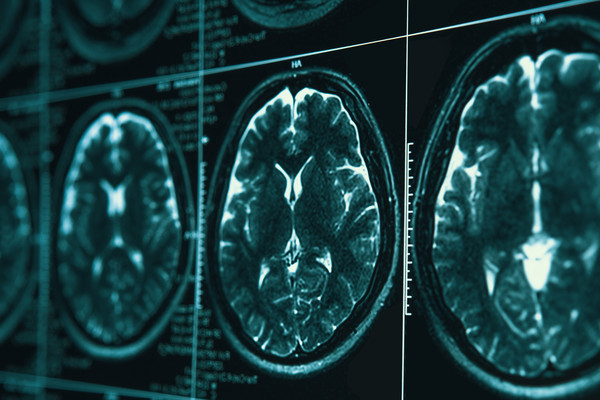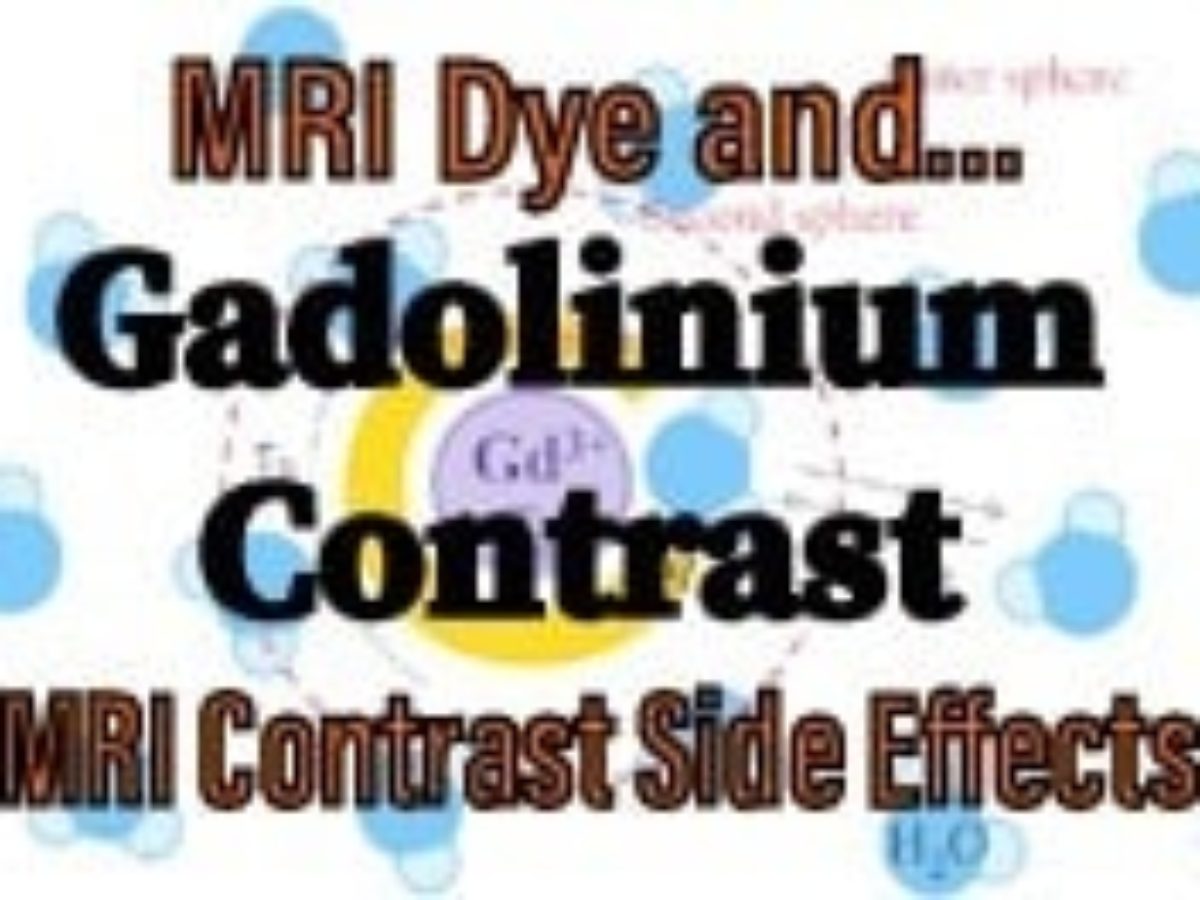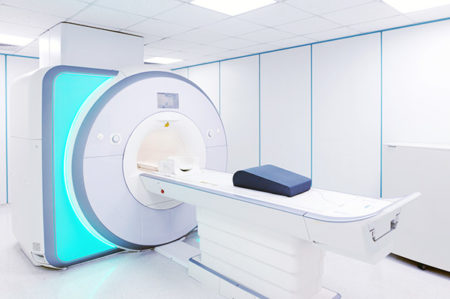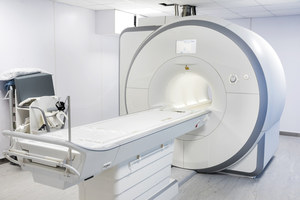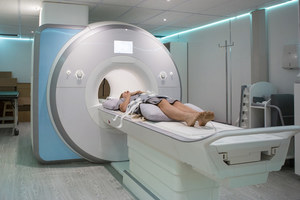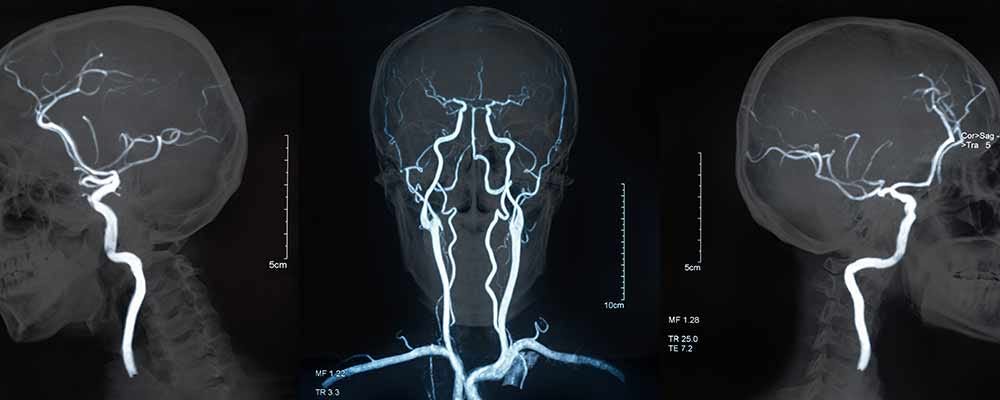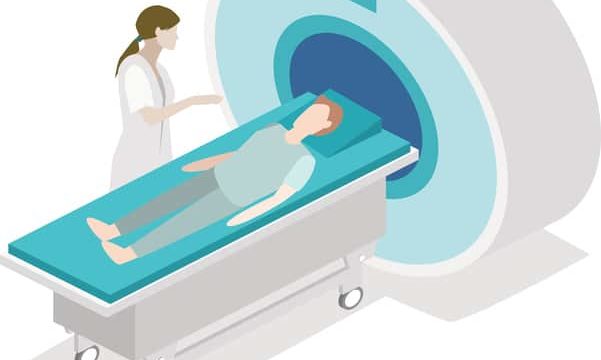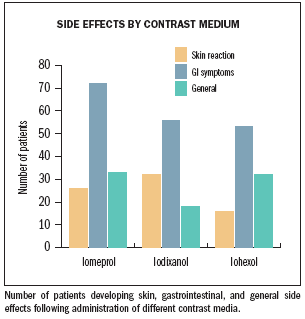Side Effects Of Contrast Dye For Brain Mri

Gadolinium based contrast agents gbcas are able to produce the most accurate mri images possible but are not needed for every condition.
Side effects of contrast dye for brain mri. According to a report published by the american college of radiology acr in 2017 side effects occur in between 0 07 and 2 4 percent of mris with contrast 4 most of these side effects are mild and temporary. The earliest signs of relevant side effects of using mri dye can be traced back to 2014 when several medical studies showed that a small proportion of the contrast dye was retained or present in the brain even after the completion of the mri scanning procedure. The most common mri side effects are those related to lying in a small space for a long period of time and may include dizziness backaches and fatigue more serious side effects may occur as a reaction to any contrast medium used for the mri. Gadavist gadobutrol is a contrast agent used with magnetic resonance imaging in adults and children over two years of age.
Before the scan patients may receive an intravenous injecti on of a contrast dye that improves the quality of the image and the accuracy of the diagnosis. When used with mri gadavist is used to detect and view disrupted areas of the brain and abnormal activity of the central nervous system. Most common side effects. It made news recently after claims from actor chuck norris that its use during mri scans seriously affected his wife s brain.
Some gbcas temporarily interfere with blood tests for calcium causing calcium levels to appear falsely low. This substance which is administered through a vein during the test causes active ms lesions to light up this can be helpful in evaluating ms but it s important to know that the dye has certain side effects and risks. Some types of mri require the use of a substance called gadolinium based contrast dye gbcd. What are side effects of gadavist.
Mri contrast agents contain a rare earth metal called gadolinium that interacts with the magnetic field emitted by the mri machines. Itching and hives may occur which can last a few minutes to a few hours. The dye a contrast agent contains a metal called gadolinium. The few side effects of an mri with contrast include the possible allergic reaction to the contrast agent movement or disruption of metal in the body and nephrogenic systemic fibrosis in patients with severe kidney failure.
But in the past few years some patients have reported new serious side effects that they attribute to the dye. Contrast agents are injected into the body during an mri scan to enhance image quality. In very rare circumstances if a piece of metal is in the body the mri machine may force the object to move within the body causing serious damage.


